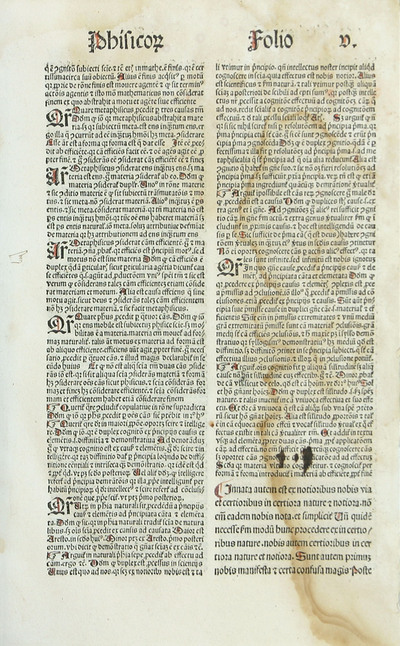The earliest printed materials, dating from Gutenberg's first pressing until 1501, are known as incunabula, a term derived from the Latin word for "swaddling clothes". The term was first applied to early printed texts by Bernhard von Mallinckrodt, a Cologne scholar, in 1639. The process of collecting and preserving incunabula began in the early 18th century with British scholar Michel Maittaire. Today, it is believed that approximately 30,000 unique incunable titles and editions are extant while the entire body of surviving incunabula may be greater than ten times that amount. These texts were produced in approximately 280 cities across twenty European countries in eighteen languages.1
Incunabula may refer to one of two types of printed work. The block book is an item in which the entire page has been pressed from a single carved block of wood. This process, known as xylography, required an artisan to chisel each letter in relief on a wood block.2 Alternatively, many printers preferred typography which used Gutenberg's moveable type press. When printers using typography needed to include an image, the metal type was supplemented with a woodcut of the desired image. Typography, while more expensive for beginning printers because of the cost of the casting a letter set, ultimately proved much more cost and time efficient than xylography.
Notes
- The British Libraries, British Library Incunabula Short Title Catalogue (April 2011). Return to text ↑
- Carter, John. ABC for Book-Collectors (New York, NY: Alfred A. Knopf, 1966), 43. Return to text ↑

